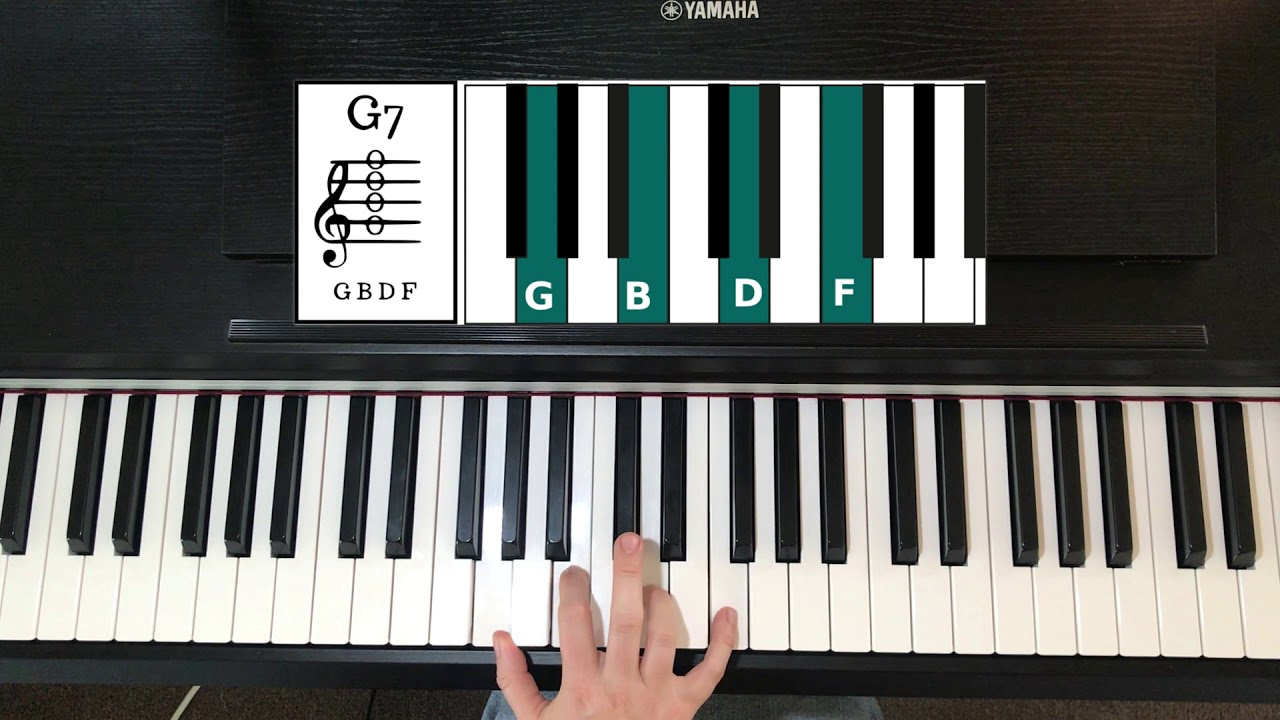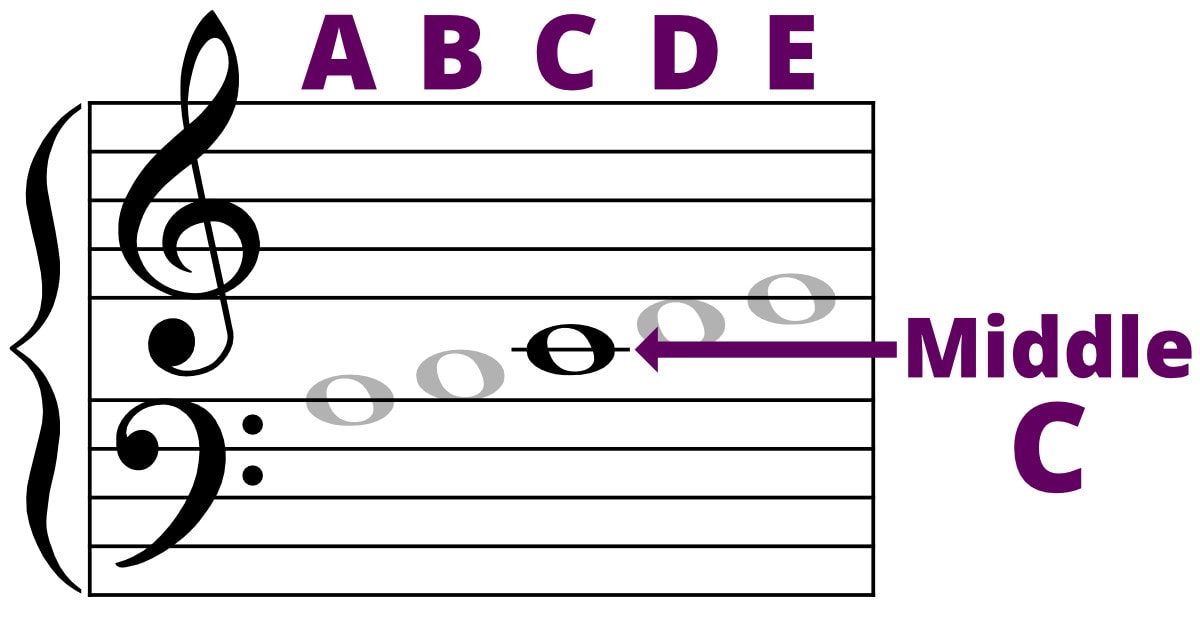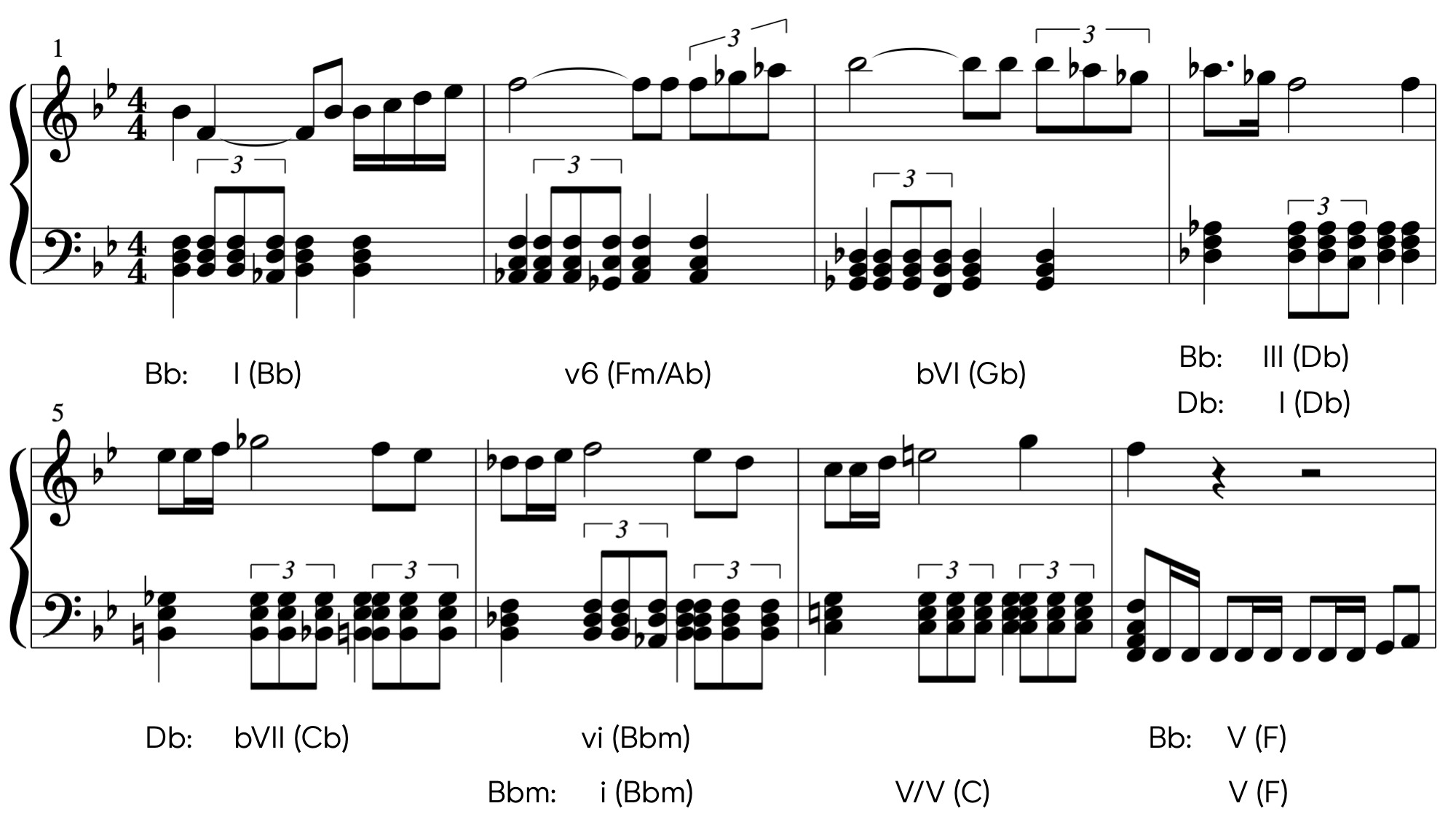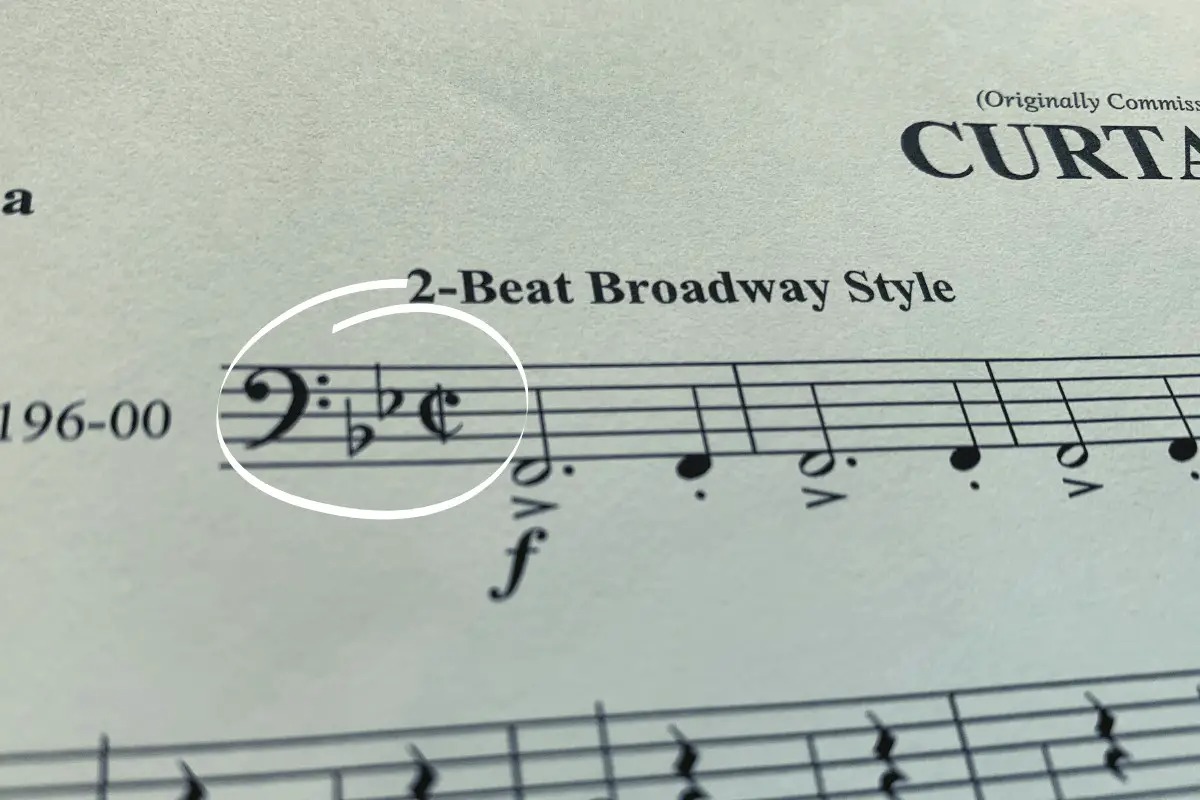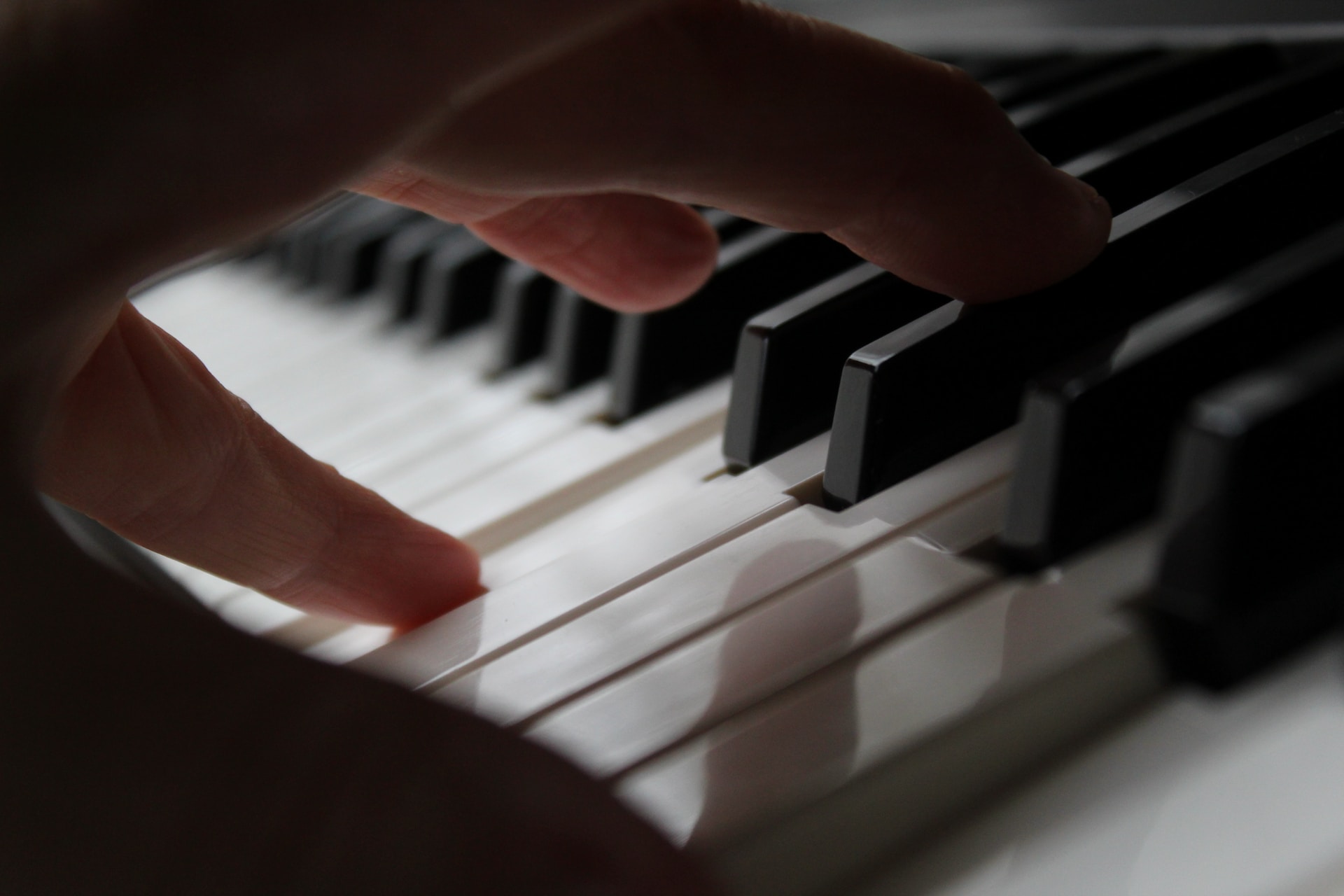Home>Instruments>Piano>What Is C7 On Piano
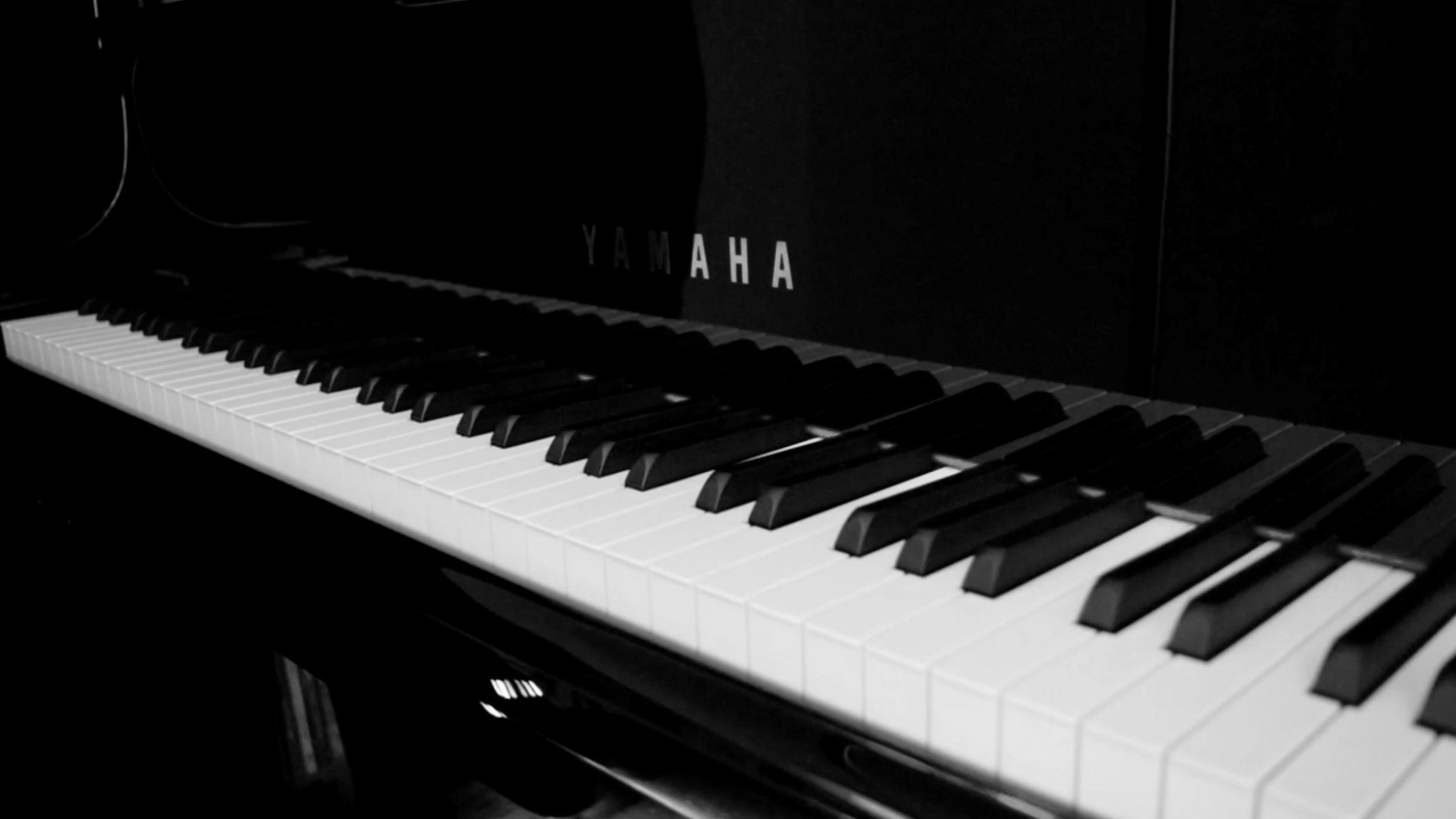

Piano
What Is C7 On Piano
Published: February 11, 2024
Learn about the C7 chord on piano, its fingering, and how to incorporate it into your playing. Discover essential tips for mastering the C7 chord. Unlock your piano potential today!
(Many of the links in this article redirect to a specific reviewed product. Your purchase of these products through affiliate links helps to generate commission for AudioLover.com, at no extra cost. Learn more)
Table of Contents
Introduction
Playing the piano is an enriching and fulfilling experience, allowing musicians to express themselves through the captivating sounds of this versatile instrument. One fundamental aspect of piano playing is understanding and mastering chords, which form the building blocks of harmony and melody. Among the myriad of chords, the C7 chord holds a significant place in the world of music. In this article, we will delve into the intricacies of the C7 chord, exploring its structure, variations, and usage in different musical contexts. Whether you're a beginner eager to expand your piano repertoire or an experienced pianist seeking to deepen your understanding of chords, this exploration of the C7 chord will provide valuable insights and practical knowledge.
The C7 chord, also known as the C dominant 7 chord, is a staple in various music genres, including jazz, blues, and popular music. Its distinct, bluesy sound adds character and depth to compositions, making it a favorite among composers and improvising musicians. Understanding the construction and application of the C7 chord is essential for pianists aiming to infuse their playing with rich, expressive harmonies. As we embark on this exploration, we will uncover the unique qualities of the C7 chord and equip you with the skills to incorporate it into your musical endeavors.
Whether you aspire to entertain audiences with soulful jazz renditions or accompany singers in vibrant blues performances, the C7 chord is a valuable tool in your musical arsenal. By unraveling the nuances of this chord and learning how to play it with confidence, you will enhance your musical prowess and open doors to a myriad of creative possibilities. So, let's embark on this enlightening journey to unravel the magic of the C7 chord and unleash its captivating potential on the piano keys.
Understanding the C7 Chord
Before diving into the technicalities of playing the C7 chord on the piano, it’s crucial to grasp the theoretical underpinnings that define this essential musical element. The C7 chord is a four-note chord comprising the root note, C, the major third, E, the perfect fifth, G, and the minor seventh, B-flat. This unique combination of intervals gives the C7 chord its distinctive sound, infusing compositions with a sense of tension and resolution.
As a dominant 7 chord, the C7 chord embodies a sense of urgency and momentum, making it a powerful tool for creating musical tension and driving harmonic progressions. The major third and perfect fifth intervals establish the chord’s fundamental tonality, while the addition of the minor seventh interval introduces a captivating dissonance that yearns for resolution, adding depth and emotion to musical passages.
Furthermore, understanding the harmonic function of the C7 chord is essential for comprehending its role in chord progressions. In the key of F major, for instance, the C7 chord serves as the dominant chord, exerting a strong pull towards the tonic chord, F major. This harmonic relationship creates a sense of resolution and closure, shaping the ebb and flow of musical phrases and lending a dynamic quality to compositions.
Moreover, the C7 chord’s adaptability and versatility make it a cornerstone of musical expression across genres. In jazz music, the C7 chord serves as a foundational element in blues progressions, providing a soulful and expressive backdrop for improvisation and melodic exploration. In blues music, the C7 chord’s raw, emotive quality adds an unmistakable edge to compositions, evoking a sense of longing and authenticity.
By delving into the theoretical framework and harmonic implications of the C7 chord, pianists gain a deeper appreciation for its expressive potential and learn to harness its emotive power in their playing. As we unravel the intricacies of playing the C7 chord on the piano, keep in mind the profound musical significance and emotional resonance that this chord embodies, enriching compositions with its compelling blend of tension and release.
How to Play the C7 Chord on the Piano
Mastering the art of playing the C7 chord on the piano is an essential skill for pianists of all levels. This foundational chord, with its rich tonal palette and expressive qualities, adds depth and character to musical performances. To play the C7 chord, follow these step-by-step instructions:
- Position Your Hand: Begin by placing your right hand on the piano keyboard, with your thumb (1st finger) on the note C, your middle finger (3rd finger) on the note E, your pinky (5th finger) on the note B-flat, and your index finger (2nd finger) on the note G. This positioning allows for optimal finger placement and dexterity when playing the C7 chord.
- Play the Notes Simultaneously: With your hand in the designated position, press down on the C, E, G, and B-flat notes simultaneously to produce the full C7 chord. Ensure that each finger applies equal pressure to the keys, resulting in a balanced and resonant sound.
- Focus on Hand Posture: Maintain a relaxed and natural hand posture while playing the C7 chord, allowing your fingers to curve gently and exert the necessary pressure on the keys. Avoid tensing your hand or gripping the keys too tightly, as this can impede fluidity and expression in your playing.
- Practice Smooth Transitions: As you familiarize yourself with the C7 chord, practice transitioning to and from neighboring chords, such as F major and G7, to develop seamless chord progressions and enhance your musical fluency.
Furthermore, understanding the left-hand voicings of the C7 chord is crucial for creating compelling accompaniment patterns and harmonizing with other instrumentalists. In the left hand, the C7 chord can be played by positioning the pinky (5th finger) on the note C, the middle finger (3rd finger) on the note E, the index finger (2nd finger) on the note G, and the thumb (1st finger) on the note B-flat. This configuration allows for a full-bodied and resonant rendition of the C7 chord, enriching the overall harmonic texture of the music.
By mastering the art of playing the C7 chord on the piano, pianists unlock a world of creative possibilities, infusing their performances with soul-stirring harmonies and captivating musical expressions. Whether accompanying vocalists, collaborating with fellow musicians, or embarking on solo improvisations, the C7 chord serves as a steadfast companion, enriching musical narratives with its evocative resonance and timeless allure.
Common Variations of the C7 Chord
While the traditional C7 chord forms the cornerstone of harmonic expression, exploring its variations opens up a world of creative potential and sonic diversity. Pianists can experiment with different voicings and extensions to imbue the C7 chord with unique flavors and textures, enriching musical compositions and improvisations. Here are some common variations of the C7 chord:
- C7 (C dominant 7): The standard C7 chord consists of the root note, C, the major third, E, the perfect fifth, G, and the minor seventh, B-flat. This classic voicing delivers the quintessential bluesy sound that defines the C7 chord, serving as a foundational element in various musical genres.
- C7b5 (C dominant 7 flat 5): Adding a flattened fifth to the C7 chord creates a C7b5 voicing, comprising the notes C, E, G-flat, and B-flat. This alteration infuses the chord with a dissonant, enigmatic quality, ideal for adding tension and intrigue to musical passages.
- C7#5 (C dominant 7 sharp 5): Incorporating a sharp fifth interval into the C7 chord yields the C7#5 voicing, featuring the notes C, E, G-sharp, and B-flat. The augmented fifth imbues the chord with a sense of brightness and unpredictability, offering a compelling twist on the traditional C7 sound.
- C7sus4 (C dominant 7 suspended 4): By suspending the third and introducing the fourth degree, pianists create the C7sus4 chord, comprising the notes C, F, G, and B-flat. This evocative voicing introduces a sense of suspension and anticipation, ideal for building tension and adding a touch of intrigue to musical arrangements.
Exploring these variations empowers pianists to infuse their playing with a diverse array of tonal colors and emotional nuances, expanding the expressive range of the C7 chord and enhancing its role in musical storytelling. Whether seeking to evoke a sense of longing and introspection or infusing compositions with an air of mystery and tension, these variations offer boundless opportunities for creative exploration and artistic expression.
Furthermore, understanding the application of these variations in different musical contexts is essential for pianists aiming to craft compelling harmonies and arrangements. In jazz and blues music, the C7 chord and its variations serve as essential tools for improvisation, allowing musicians to navigate complex harmonic landscapes and express their unique musical voices. By integrating these variations into their playing, pianists can elevate their performances and compositions, captivating audiences with the kaleidoscopic richness of the C7 chord and its multifaceted expressions.
Usage of the C7 Chord in Music
The C7 chord’s evocative blend of tension and resolution has cemented its status as a foundational element in the musical landscape, with its versatile applications spanning a wide array of genres and styles. Understanding the diverse uses of the C7 chord illuminates its pivotal role in shaping musical narratives, from propelling energetic jazz improvisations to infusing soul-stirring blues compositions with raw emotion and authenticity.
In jazz music, the C7 chord serves as a linchpin in harmonic progressions, anchoring compositions with its vibrant, bluesy allure. As a dominant chord, the C7 chord exerts a compelling pull towards the tonic, creating a sense of anticipation and drama in jazz standards and improvisational settings. Its adaptability and expressive potential make it a staple in jazz improvisation, providing a canvas for pianists and instrumentalists to weave intricate melodic tapestries and engage in spirited musical dialogues.
Furthermore, the C7 chord’s resonance extends to blues music, where its raw, emotive quality captures the essence of the genre’s soulful storytelling. In blues progressions, the C7 chord forms the backbone of expressive and poignant compositions, infusing them with a sense of longing, resilience, and unbridled passion. Whether punctuating soulful vocal performances or underpinning scintillating blues solos, the C7 chord stands as a testament to the emotional depth and timeless appeal of blues music.
Beyond jazz and blues, the C7 chord finds a place in popular music, where its infectious groove and harmonic richness enliven diverse musical arrangements. From pop ballads to rock anthems, the C7 chord adds a touch of sophistication and depth, elevating compositions with its dynamic presence and harmonic intrigue. Its seamless integration into popular music showcases the chord’s universal appeal and enduring relevance across musical genres and generations.
Moreover, the C7 chord’s variations, such as C7b5 and C7#5, contribute to the sonic tapestry of contemporary music, offering musicians a palette of colors to craft compelling harmonies and arrangements. Whether employed as a subtle embellishment or a bold harmonic statement, these variations infuse compositions with a sense of innovation and creative flair, enriching musical landscapes with their enigmatic allure.
As musicians continue to explore the expressive potential of the C7 chord, its enduring presence in music reaffirms its status as a timeless emblem of harmonic richness and emotional resonance, transcending boundaries and captivating listeners with its captivating blend of tension and release.
Conclusion
In conclusion, the C7 chord stands as a testament to the captivating allure and expressive potential of piano chords, enriching musical compositions with its evocative blend of tension and resolution. Through our exploration of the C7 chord, we have unveiled its harmonic intricacies, delved into its diverse variations, and illuminated its multifaceted role in shaping musical narratives across genres.
From jazz standards to blues ballads, the C7 chord serves as a steadfast companion, infusing compositions with its vibrant, bluesy resonance and propelling improvisations with its dynamic allure. Its adaptability and expressive range empower pianists to craft compelling harmonies, evoke poignant emotions, and engage in spirited musical dialogues, enriching the fabric of musical storytelling with its timeless appeal.
Furthermore, the C7 chord’s variations, including C7b5, C7#5, and C7sus4, offer musicians a diverse palette of tonal colors and emotional nuances, expanding the expressive range of this foundational chord and inspiring creative exploration across musical landscapes.
As pianists continue to harness the expressive potential of the C7 chord, its enduring presence in jazz, blues, and popular music reaffirms its status as a cornerstone of harmonic richness and emotional resonance. Whether punctuating soulful ballads with its raw, emotive quality or driving energetic jazz improvisations with its vibrant allure, the C7 chord stands as a timeless emblem of musical expression and creative vitality.
In the journey of mastering the piano, understanding and embracing the nuances of the C7 chord empowers musicians to unlock a world of creative possibilities, infusing their performances with soul-stirring harmonies and captivating musical expressions. As we bid farewell to this exploration of the C7 chord, let its enduring legacy and captivating allure inspire pianists to embark on a musical odyssey filled with rich harmonies, evocative melodies, and boundless creative potential.

